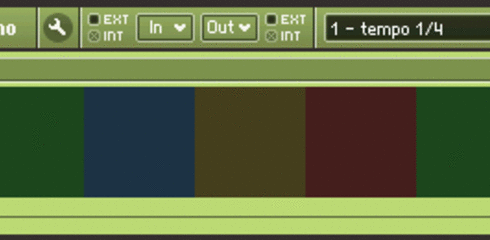Simple Clock Demo
Short and sweet tutorial on clocks and events
DESCRIPTION
This covers some of the same territory as my Virtual Instruments magazine tutorial but goes more in depth about the clock and modulo operations, as well as featuring a sequencer driver macro that syncs to the host.
I was going to work some of this into the first chapter of a book - I still might - but decided I want to have this info freely available. That way people who want to write tutorials or instructional material on Reaktor don't have to keep reinventing the wheel to teach the basics.
I'm writing some more advanced tutorials and will be posting them at my blog, reaktortips.blogspot.com, in the coming weeks.
The tutorial is written with the expectation that the user will have at least some nodding acquaintance with the program, has done the very simple build-a-synth tutorial in the manual, and has already configured his audio out and so forth.
Update 1.4: Bug fix. I've added a second step filter before the output of the SeqDriver macro, to trap duplicate events. Also, thanks to Nicolaas Cottenie for catching an error in my explanation of the step filter.

COMMENTS (21)